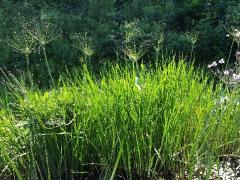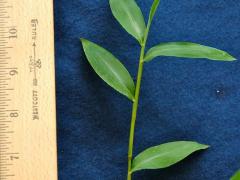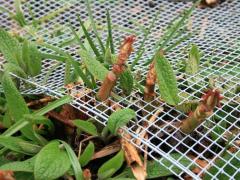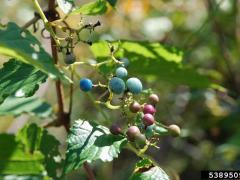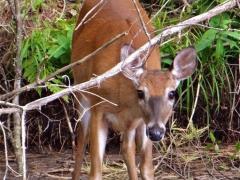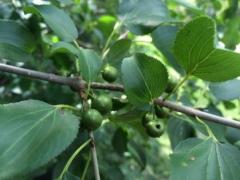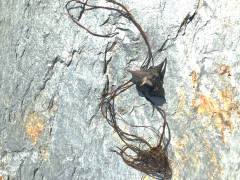White-tailed deer are deeply rooted in our landscape and our state’s identity. They are a native species and play an important role in our ecosystem. However, transformations in our forest structure from centuries of land use changes, the removal of predator species like the gray wolf and mountain lion, and a warming climate have cumulatively allowed for deer to expand their range and increase their population in our state. Increased sprawl and suburbanization have also put these habitat generalists into our backyards and lives more than most people would like. Unfortunately, whether it be in the form of vehicle collisions, garden and landscape damage, or the increased prevalence of Lyme disease, negative encounters with deer are becoming more common for people in Vermont.
